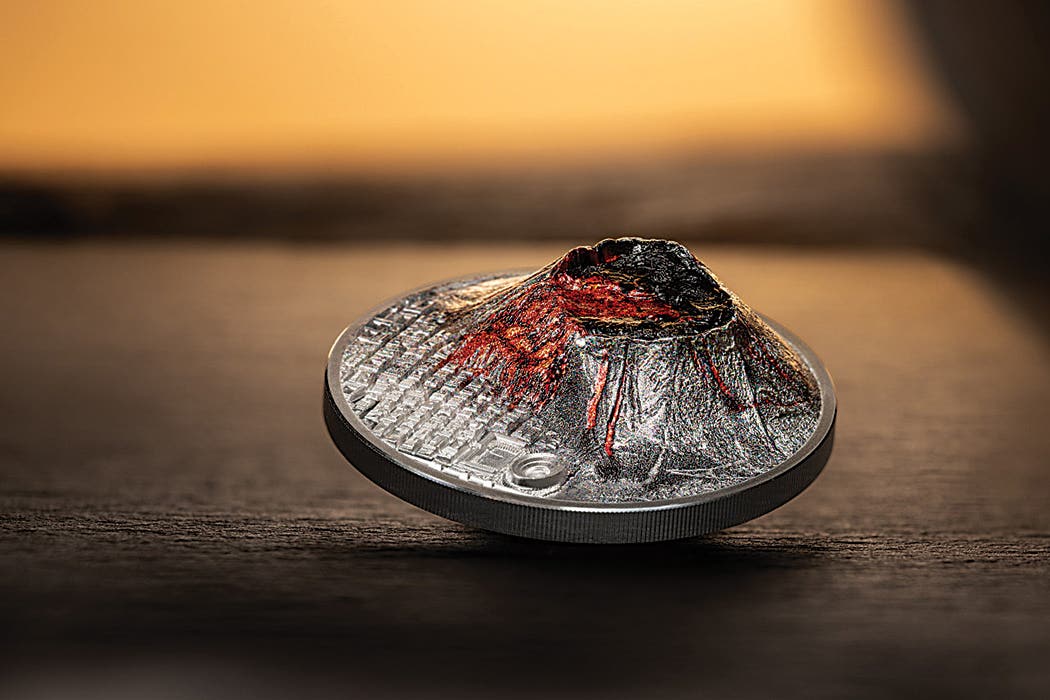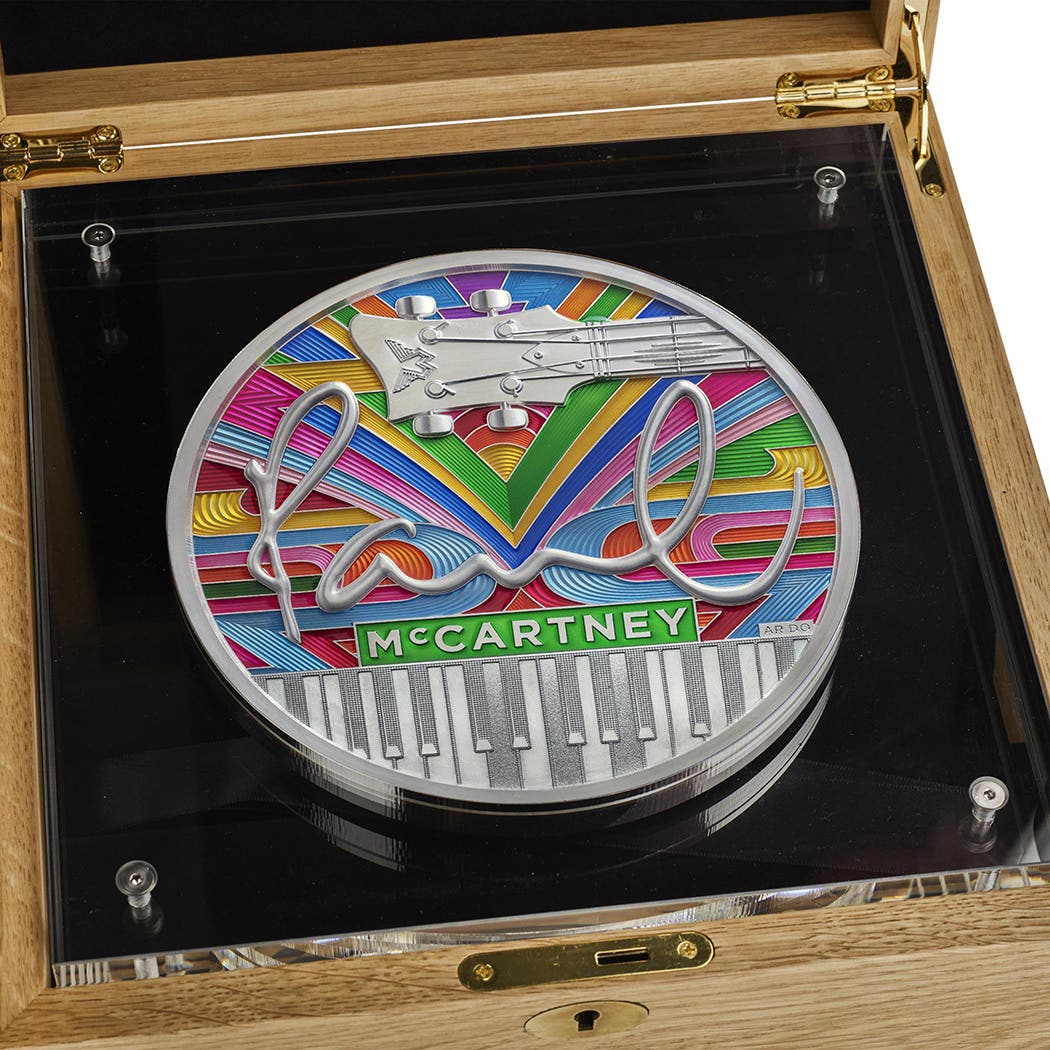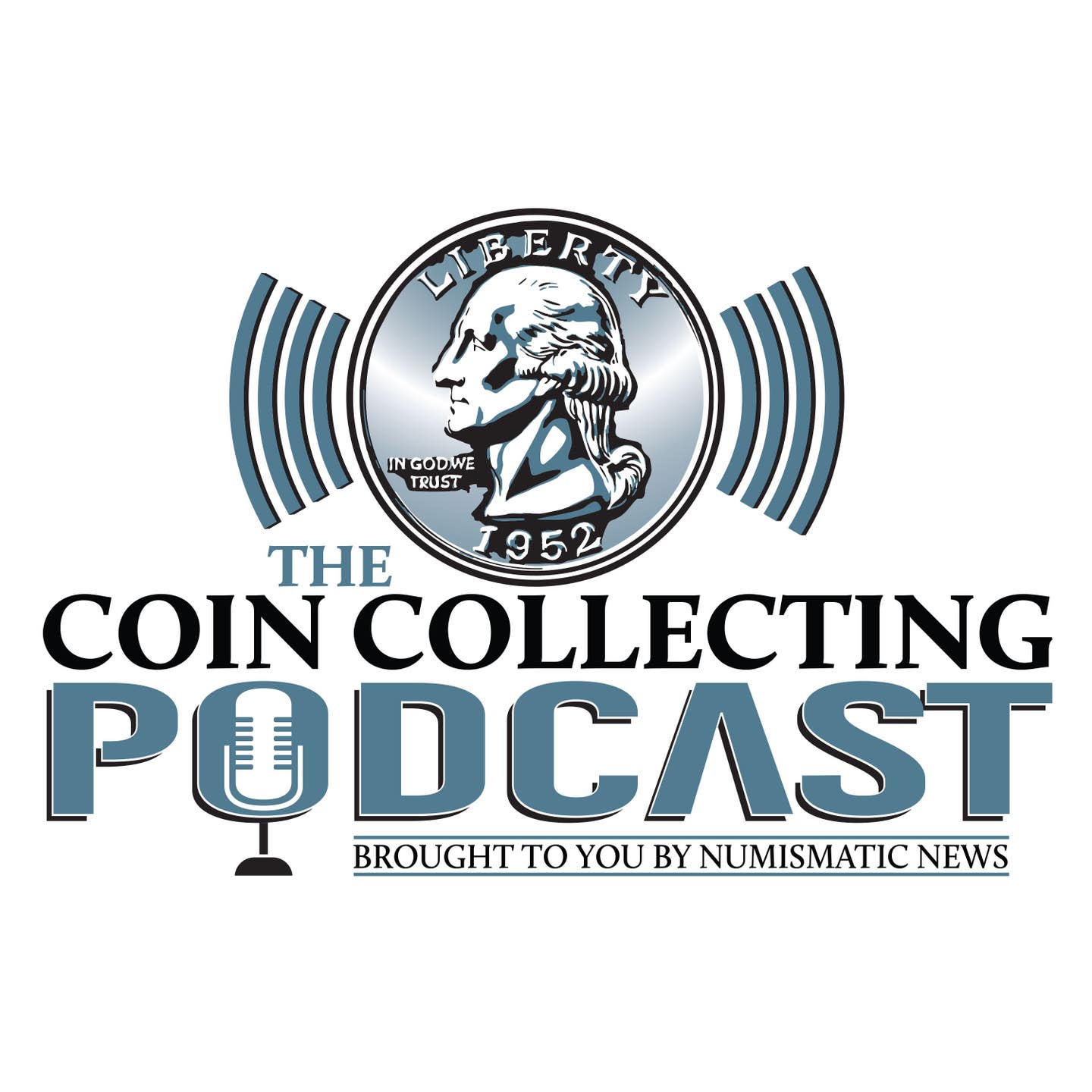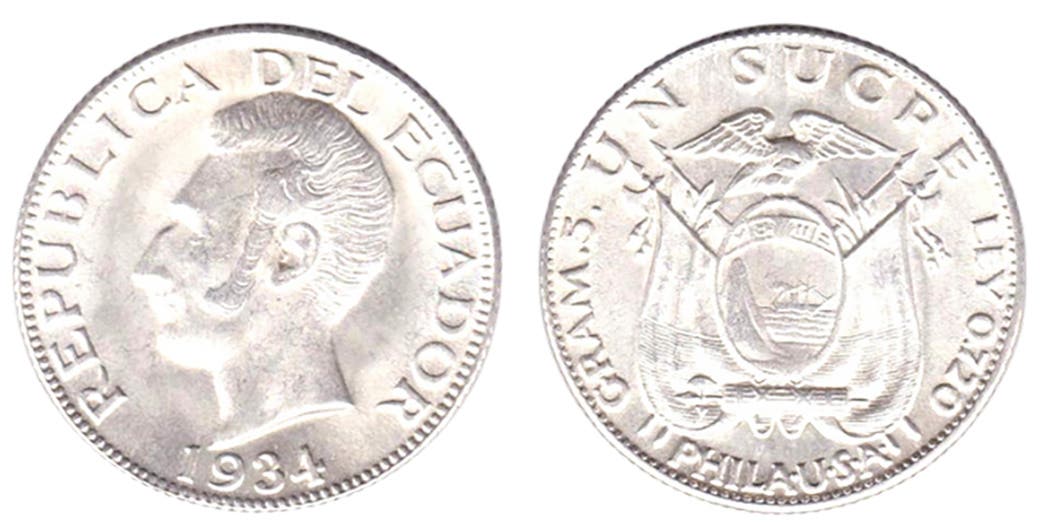Washington orders 1792 half disme
For more than 150 years, the question of the 1792 half disme has interested numismatists. In particular, there have been debates about the exact role played by President George Washington…
For more than 150 years, the question of the 1792 half disme has interested numismatists. In particular, there have been debates about the exact role played by President George Washington in the creation of this particular coin. The recent discovery of two documents bearing on the question of the President’s involvement will perhaps encourage fresh interest in this fascinating topic.
In April 1844, John McAllister Jr., who was interested in the history of the Philadelphia Mint, interviewed Adam Eckfeldt at length. (Eckfeldt had been chief coiner from 1814 to 1839 but had been closely connected with the Mint from the mid–1790s.) McAllister then wrote up the interview and the information was used by a number of writers in later years.
(For those interested in a full discussion of the McAllister memorandum as well as other aspects of the 1792 coinage, the 2017 book by Leonard Augsburger, Joel Orosz and Pete Smith, 1792: Birth of a Nation’s Coinage, is highly recommended.)
Eckfeldt made several points about the 1792 half disme, including the following:
1) The coins were made for President Washington’s personal use, including presents to friends at home and abroad.
2) The President brought $100 worth of bullion or coin to the Mint and received about 2,000 half dismes in return.
3) These half dismes were not meant to be coins but rather patterns designed to show what the Mint could do when operational.
4) The coins were struck in the cellar of a building owned by John Harper at 6th and Cherry Streets in Philadelphia.
These points, as they were published well into the 1950s, were generally accepted by researchers and writers on numismatics. One of the points, however, was embellished by a later writer who decided that Washington had brought his sterling silverware to the Mint, not coins or bullion. This new “fact” soon became an integral part of the half disme lore.
Beginning the early 1960s an increasing body of literature challenged the points made in the Eckfeldt interview. After all, the events described by the former chief coiner had occurred more than 50 years earlier and Eckfeldt had little to do with the Mint until early 1795. His information would have come from others who would have been on hand in 1792 and those memories could have been faulty.
The first major break came when numismatic researcher Don Taxay examined the Thomas Jefferson account books. These records covered Jefferson’s daily income and expenses and Taxay found the notation where Jefferson had received 1,500 half dismes from the Mint on July 13, 1792. Until Taxay’s discovery it was thought that the half dismes had been struck much later in the year.
There are two key points which have not been satisfactorily answered about the July 1792 half disme coinage. This first of these concerns whether or not they are coins or merely patterns meant to show what the Mint could do. The other point is the legal status of these half dismes, given the fact that the basic mint law of April 1792 seemed not to have been followed.
It has been correctly pointed out that the $10,000 bond required from the chief coiner, under the April 1792 mint law, had not been met in July 1792 and in fact would not be met until the spring of 1794. Without this bond in place the chief coiner could not handle gold or silver and thus could not strike or deliver the half dismes.
Henry Voigt had been appointed chief coiner pro tem by the first Mint director, David Rittenhouse, in late May 1792. This appointment was considered temporary because the government was attempting to find a skilled coiner in Europe.
Although little known at the time, Voigt had actually worked in the small German mint of Saxe-Gotha about 1770. He had been born in Pennsylvania but had gone to Germany for a few years, perhaps for family reasons. At this German mint Voigt had worked with nearly every aspect of coining and was therefore well qualified to be the chief coiner in the new American mint.
Both the coiner and assayer were required to post $10,000 bonds under the 1792 law. However, Assayer Albion Cox did not arrive at the Mint until early May 1793 and Voigt was unable to obtain the necessary sureties in 1792.
Mint Director David Rittenhouse had been approved by the Senate on April 14, only one day after his nomination had been sent to that body by the President. One of his first steps was to acquire temporary quarters for the infant mint, courtesy of John Harper at his 6th and Cherry Streets address.
The belief, still current, that the half dismes were struck in the cellar of Harper’s building, is not quite correct. Eckfeldt said that this was the case but he was using the old colonial American meaning of “cellar.” In 1792 this meant basement or first floor and it would have been pointless, for example, to carry a coining press weighing several hundred pounds down a narrow staircase. Common sense therefore says that the coins were struck on the first floor.
By late in June 1792 the half disme dies had been prepared under the direction of Henry Voigt. They were engraved from designs prepared in early June by Italian artist Giuseppe (Joseph) Ceracchi at the request of David Rittenhouse.
It is at this point that the two documents mentioned above come into play.
President Washington, on a weekly basis, invited key members of his Administration to Thursday evening dinners at his official residence. (Martha Washington held her receptions on Fridays.) The first of the two documents tells us that the dinner in question was that of Thursday, June 28.
At this June 28 soiree someone pointed out to the President that there was an impediment to the coinage then being proposed by Mint Director Rittenhouse. This problem was the $10,000 bond required of the chief coiner. There were only a few days left before the President was scheduled to leave for his summer stay at Mount Vernon and this roadblock had to be taken care of prior to that time.
Available documents do not mention which possible dinner guest pointed out the problem to the President. (Lists of dinner attendees are not available for such meals during the Washington presidency.) It was not David Rittenhouse as he would have gone directly to Secretary of State Thomas Jefferson, the Cabinet officer over the Mint. Nor was it Jefferson because the President wrote him two days later on the matter.
This leaves only Treasury Secretary Alexander Hamilton, who felt that the Mint ought to have been a part of the Treasury Department. The report to the President about the bond may then be seen in this light as Hamilton would have taken some pleasure in pointing out that Jefferson had not done his homework properly.
(It is possible that the information was not given to the President at the dinner but this is the more likely choice. Hamilton, for example, could simply have visited the President on June 29 with this matter in mind.)
It has been generally accepted that Jefferson was the Cabinet member over the Mint from its earliest days. This is true but it was an unofficial arrangement until the President put the matter in writing on Oct. 20, 1792. The Mint then remained under State Department control until about 1804, when it became an independent agency reporting directly to the President. In August 1825 President John Quincy Adams placed the Mint under the control of the Treasury Department, where it has since remained.
At this point in time, however, the President had unofficially chosen Jefferson as the Cabinet member over the Mint, a matter which irritated Treasury Secretary Hamilton. The latter felt that the Mint ought to be under the wing of the Treasury Department and not the State Department; this was one of the many points that created friction between Hamilton and Jefferson.
The June 28 discussion about the bond for the coiner was apparently far-ranging because the question of the March 1791 Congressional resolution was involved. In that resolution the President was authorized to take such steps, including hiring officers and workmen, as were necessary to create a mint. The effort was made but it was soon found that a written law was required, resulting in the April 1792 legislation establishing the Mint.
In 1792, only three years after the new federal government had gone into effect, key officials were very careful to make no decisions outside the Constitution of 1787 or the laws passed by Congress. The President, in particular, was very cautious on such matters as even then there were unpleasant criticisms about his leadership.
As a result of the June 28 discussion, the President, though his private secretary Tobias Lear, sent a note on Saturday, June 30, to Secretary of State Jefferson which read as follows:
“The President of the United States wishes the opinion of the Secretary of State, whether the present chief Coiner of the Mint is properly authorized by the Resolution of Congress passed on the 3d day of March 1791?”
The note was clearly an attempt to sidestep the April 1792 mint law – and the required bond for the coiner – by asserting that the President’s overall authority derived from the 1791 resolution. The fact that this note was sent to Jefferson after the Thursday soiree meant that he had not been there. The slight delay in sending the note also indicated that the President had carefully considered the matter.
It is likely that the note from Tobias Lear came as something of a surprise to Jefferson. At any rate, after considering the implications, Jefferson sent the note to Attorney General Edmund Randolph for a written opinion. Jefferson could have given a favorable answer but it might have been questioned. The safest avenue was an opinion from the Attorney General.
No letter of transmittal from Jefferson to Randolph has been found, leading to the conclusion that Jefferson visited Randolph in person and handed him the note from Lear. Realizing that a favorable opinion was a necessity, there is little doubt that Jefferson made it clear to Randolph what was expected from him.
Randolph studied the question at length and on July 7 rendered his formal answer. He not only examined the legal status of the chief coiner but also of recess appointments (made by the President when Congress was not in session) in general. The relevant parts of his opinion are as follows:
“The answer of the attorney general of the United States to the question propounded to him by the Secretary of State on the following case.
“By the constitution, the President shall nominate and by and with the advice and consent of the Senate shall appoint Ambassadors, &c, and all other officers of the United States whose appointments are not therein otherwise provided, and which shall be established by law. He has also power to fill up vacancies, that may happen during the recess of the Senate, by granting commissions, which shall expire at the end of their next session.
“The act establishing a mint directs, that for the well conducting of the business there shall be among other officers a chief Coiner.
“The act passed on the 2nd of April 1792 and the Senate which concurred was sitting daily from thence until the 8th of May following. But the chief Coiner was not nominated during their then sitting, though a Director was appointed.
“The question is, whether a President can, constitutionally, during the now recess of the Senate grant to a chief Coiner a Commission which shall expire at the end of their next session?
“Is there a vacancy in the office of chief Coiner? An officer is vacant when there no officer is in the exercise of it. So that it is no less vacant when it has never been filled up, than it is upon the death or resignation of an incumbent. The office of Chief Coiner is therefore vacant…
[The Attorney General then discussed at some length the finer points of recess appointments and the relevant presidential authority.]
“My opinion on the whole is, that the President cannot now grant a temporary commission to a Chief Coiner.”
With the opinion that the post of chief coiner was vacant the Gordian Knot had been cut and the 1791 resolution was now the deciding factor.
What does all of the above mean?
Because in a legal sense there was no chief coiner there could be no bond and the Mint was not operating under the April 1792 law but rather the original Congressional mandate of March 3, 1791. This is turn meant that the President was in direct charge of the Mint and that the officers stipulated by Congress in April 1792 were agents of the President, not operating under Congressional regulations. The President now had a free hand in allowing the coinage to proceed. (If a commission had been granted, then the 1792 law would have been applicable and there would have been no half disme coinage.)
Once Rittenhouse learned of the Attorney General’s decision, on July 9 he drew up his plans for coinage which included having Henry Voigt act as chief coiner. That same day, after written consultation with Jefferson, the President approved the Rittenhouse proposals.
That the President was now the mintmaster, so to speak, puts an entirely new light on the 1792 half disme coinage. All of it was now done under his direct control though the operational work was of course delegated to Rittenhouse and Voigt. One could hardly expect the President to man the screw press though, if there was a ceremony, he might have done so for one or two coins. The old name, sometimes seen in 19th century writings, of “Washington half dismes” therefore has a renewed validity.
The question of whether or not the half dismes are true coins would also seem to be settled by the assumption of presidential control of the Mint. These coins were struck under the direct authority of the President even though Thomas Jefferson provided most of the silver. Moreover, the President specifically called them coins in his Nov. 6, 1792, annual message to Congress.
There is also the long-standing question of whether there was a ceremony marking the beginning of such coinage. As the President left for Mount Vernon on July 11, such a ceremony could have been held either on the 10th or the early morning hours of the 11th. Given the President’s direct involvement in this coinage it is quite possible that a ceremony did occur, perhaps something like that seen on the Frank Stewart painting.
In connection with a possible ceremonial striking it must be noted that there were definitely more than 1,500 half dismes struck in July 1792. A fair estimate would be about 1,700 or 1,800 pieces, the extras being for David Rittenhouse. He would have passed out samples to key people, including the President; under the now known circumstances of the coinage, not to have done so would have amounted to a slight of the Chief Executive.
Now that the President’s direct involvement is known, it is not difficult to understand how the information given to Eckfeldt by those present in 1792 could have been misinterpreted. The President may not have furnished the silver but his role was of critical importance in that first year.
It is of interest to note that the Mint officers in the 19th century considered the March 1791 resolution to be the basis for the creation of the Mint, not the April 1792 law. To this end the Mint director kept a signed original copy of the 1791 resolution hanging on the office wall.
This article was originally printed in Numismatic News. >> Subscribe today.
More Collecting Resources
• More than 600 issuing locations are represented in the Standard Catalog of World Coins, 1701-1800 .
• With nearly 24,000 listings and over 14,000 illustrations, the Standard Catalog of World Paper Money, Modern Issues is your go-to guide for modern bank notes.






